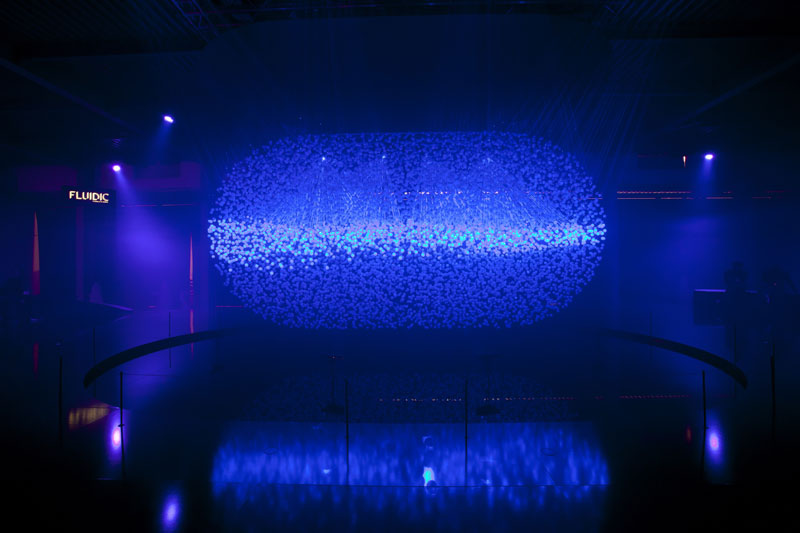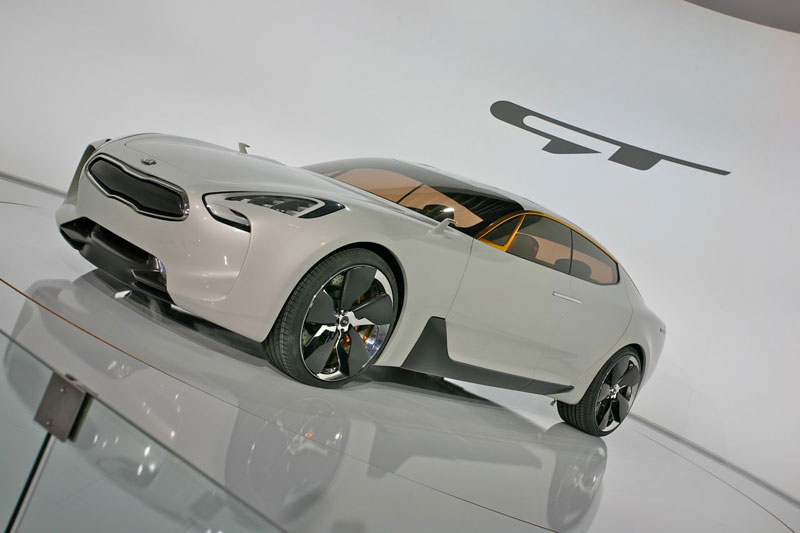He is the Man with the Golden Steering Wheel. In early November 2013, Peter Schreyer, President and Chief Design Officer of the Hyundai Motor Group, received one of the automotive industry’s most prestigious awards.
The Honorary Golden Steering Wheel is awarded for outstanding achievement in the automotive industry by Germany’s Bild am Sonntag and AutoBild. Schreyer is only the second designer in its 31-year history to receive the award. Giorgetto Giugiaro received it in 1995, while other recipients include Volkswagen Chairman, Ferdinand Piëch in 2012, Ford Chief Executive, Alan Mulally in 2011 and BMW’s Chairman, Norbert Reithofer in2010.
Bavarian-born Schreyer has been Chief Design Officer at Kia Motors since 2006, and was appointed President of all Hyundai-Kia design centres at the beginning of 2013. Sitting in his Frankfurt office, Schreyer is obviously proud to receive the award, but he is also very excited.
His career path has taken him from the Munich University of Applied Sciences and the London Royal College of Art to the Volkswagen Group where he was responsible for the design of pioneering models such as the Audi TT, Volkswagen’s new-style Beetle and the Volkswagen Passat.
Schreyer spent 26 years alternating between the VW and Audi brands before he was head-hunted by the ambitious South Koreans at Kia. Having survived the Asian economic meltdown of the 1990s thanks to a bail out by Hyundai, Kia was building momentum, but a key ingredient, design, was missing. A point not missed by the then Chief Executive, Chung Eui Sun.

Schreyer said: “Everything else was good, the quality of the engineering and build, but the CEO had the vision and understanding to realise the brand needed to reach another level. I was given virtually a blank sheet of paper.”
The first fruit of his work was the Kee concept car, the first to feature the now ubiquitous ‘tiger’ nose grille. It is this look that has since given the South Korean brand its unique identity and character.
“It is the same look all over the world, a clear, sober but attractive design of the front grille which has been important in terms of recognition, and once it is recognised it helps the perception of the brand overall. All good brands have this consistency, not just cars but all industries – fashion, sportswear, technology, watches. The graphic is instantly recognisable.”
His task now is to bring that same philosophy to the Hyundai brand. He has just returned from a workshop in Berlin which brought together a large number of designers from Hyundai and Kia, to talk about the past, present and future. In the past, they have been kept strictly apart.

“There is a good team of people in both companies and it is important that you can trust those that you work with. They are finding it good that they can talk to each other and to be allowed to discuss the two brands and how they view them. The teams will remain separate but there is no reason why they can’t share ideas and get a better understanding of what the other is doing. There is a lot we have in common and we can use that to mutual advantage. What I want to create is a momentum and dynamism to take each brand to the next level.
“Hyundai already has a kind of distinctive design direction. What is still missing is a clear identity, particularly in its face. It’s a different challenge to Kia because the product range is wider. Many of the pieces are right, they just need re-arranging in a different order.
“Certainly in Korea, the Hyundai name carries more cultural and political baggage than Kia, which is a much younger brand. It has more involvement historically in Korean society, so it is not as easy to create something new.
“Many of the products are full range and in most segments we sell cars for both brands. This doesn’t mean we are in competition, it provides double the opportunity in the same market. What we have to do is differentiate the brands better and we are working on this.”

Kia, he says, is the more “European” of the two brands in terms of flavour and style, while Hyundai, because of its history, is more “Korean” – “and we must not ignore that history even though it is only 40 years since the launch of the first Pony. Given that some car companies have been around for more than 100 years, what the Korean carmakers have achieved is fantastic.”
Korean design today is becoming the benchmark across all sorts of industries, says Schreyer. “The culture within the country, and within its industries, is changing with a new, younger generation but it’s important with the brands that we retain some of the country’s historical influences as we move design forward.”
Culture is only part of it, Schreyer adds “Design is influenced by trends and developing technologies. It is not just about styling. It is a dangerous road to go down if you define design direction by form language only. You have to represent that brand as well as reflect the technology content and present the best picture for the customers.”

Schreyer notes that accommodating new technologies is a challenge, but he also believes this opens up new possibilities. “Maybe you no longer need a handbrake lever or a gear shift stick – you can use this space for something else. Legislation on such things as pedestrian impact means you can perhaps not do something in design terms that you wanted, but it is the same for everybody and you work around it.”
Nonetheless, some new technologies will work in favour of designers. “Headlamps and tail lights can now be reduced to thin strips, and this can completely change the look of a car.”
What would be his dream project? “We do a lot of exciting things with our show cars, but what I would really like to have is a convertible for either brand. That would help the image and the perception people have of Hyundai and Kia. Both brands have potential for sports models and there are not many car companies who don’t want ‘sportiness’ in their line-up. By that I don’t mean fast or even motorsport involvement – it can be conveyed in the looks and feel.”
Chris Wright

